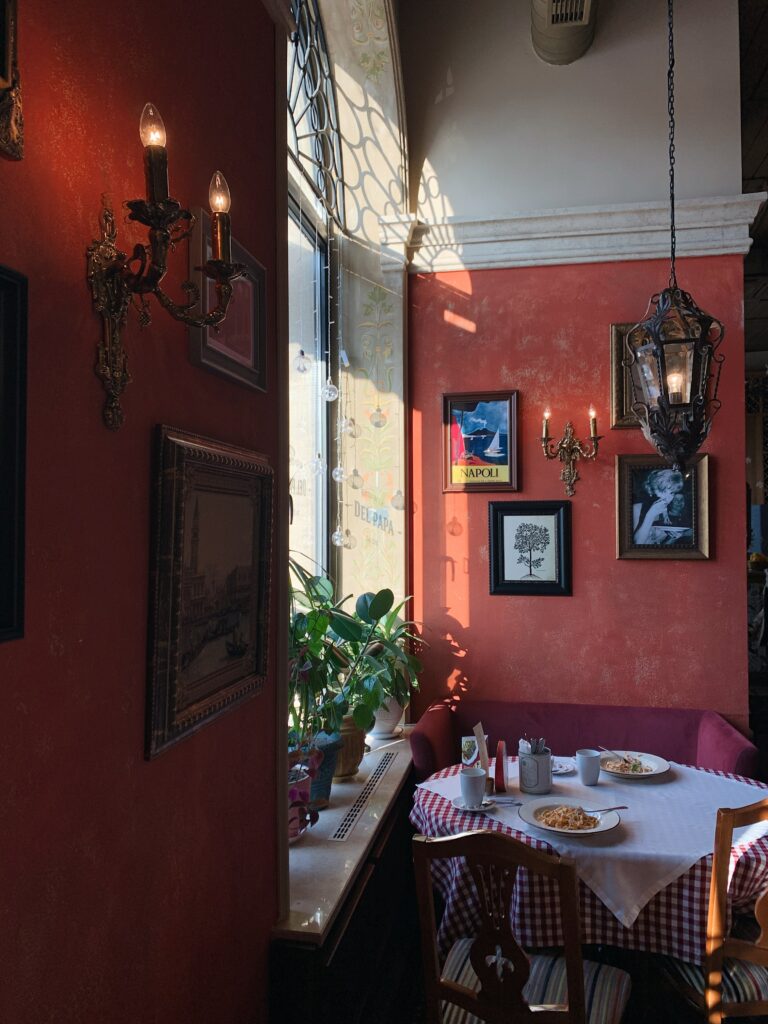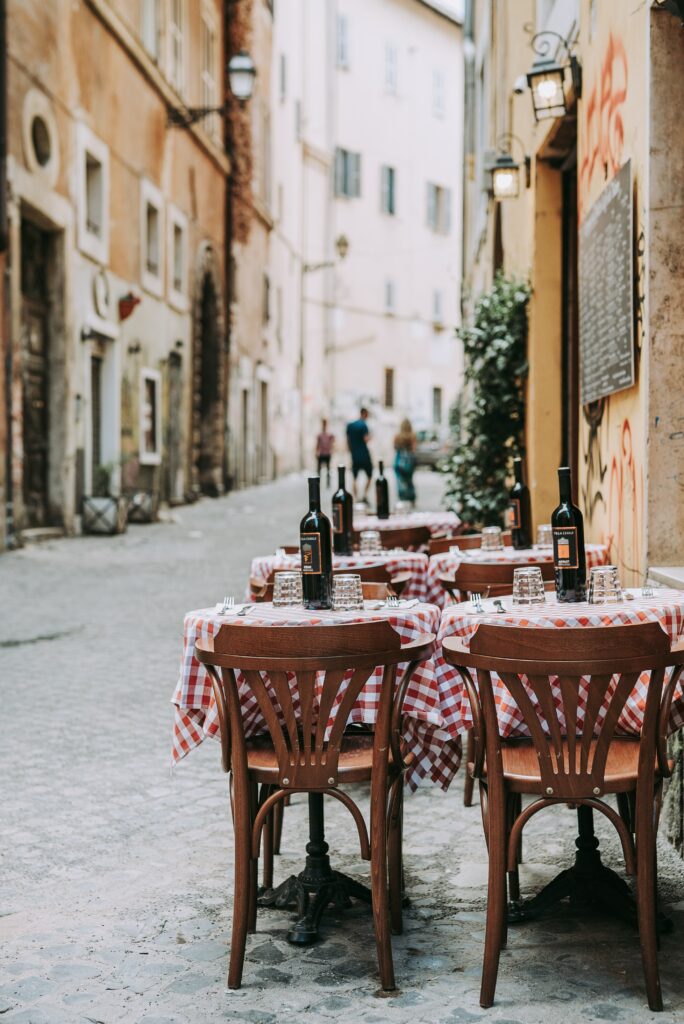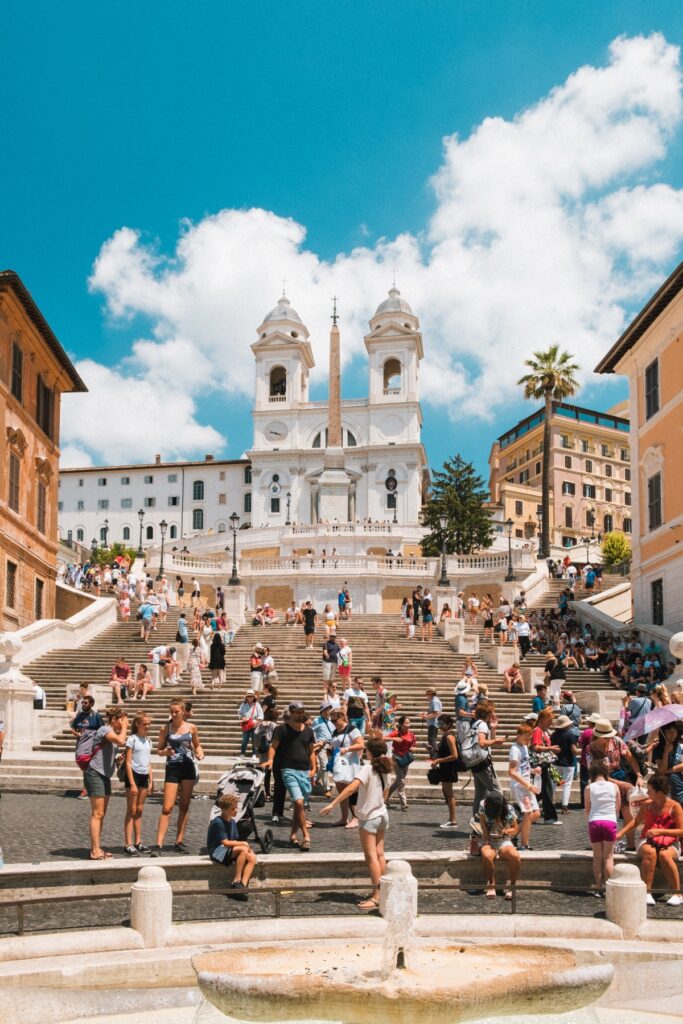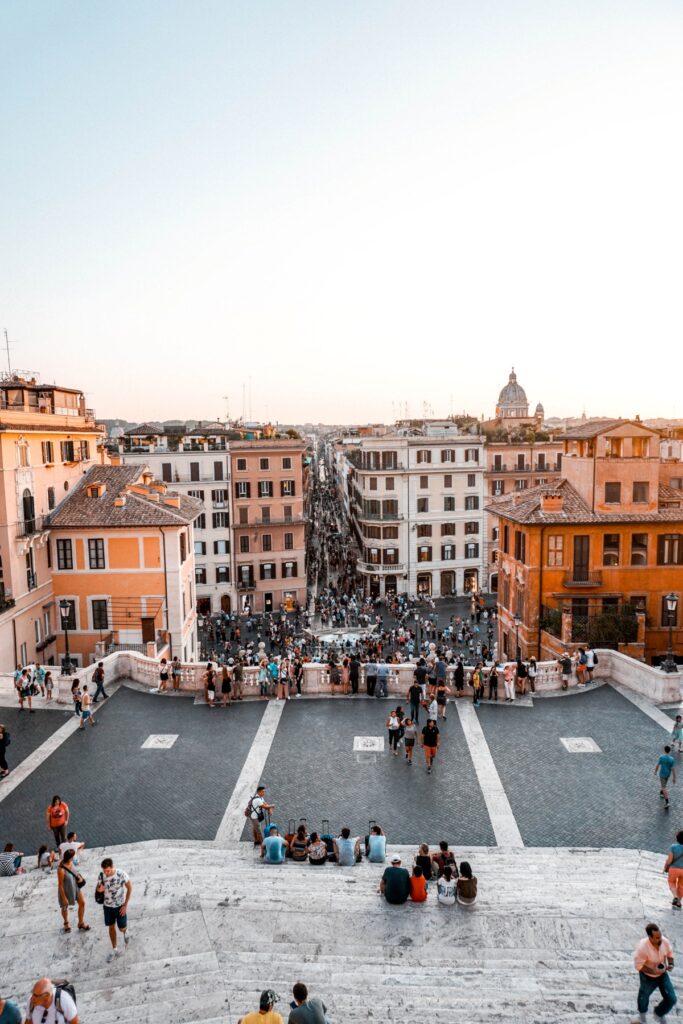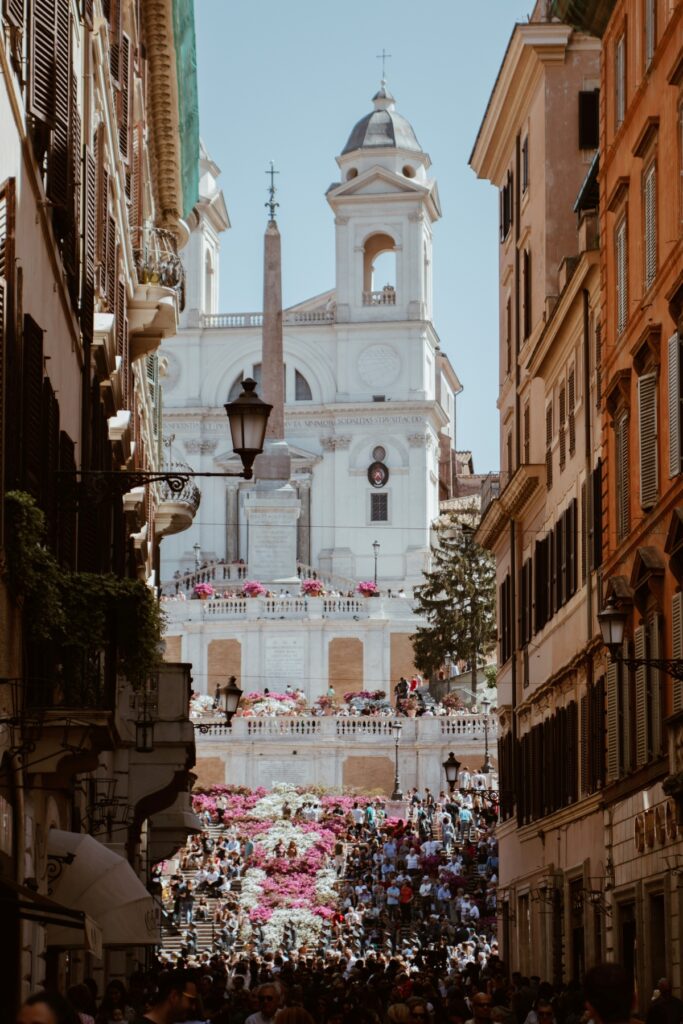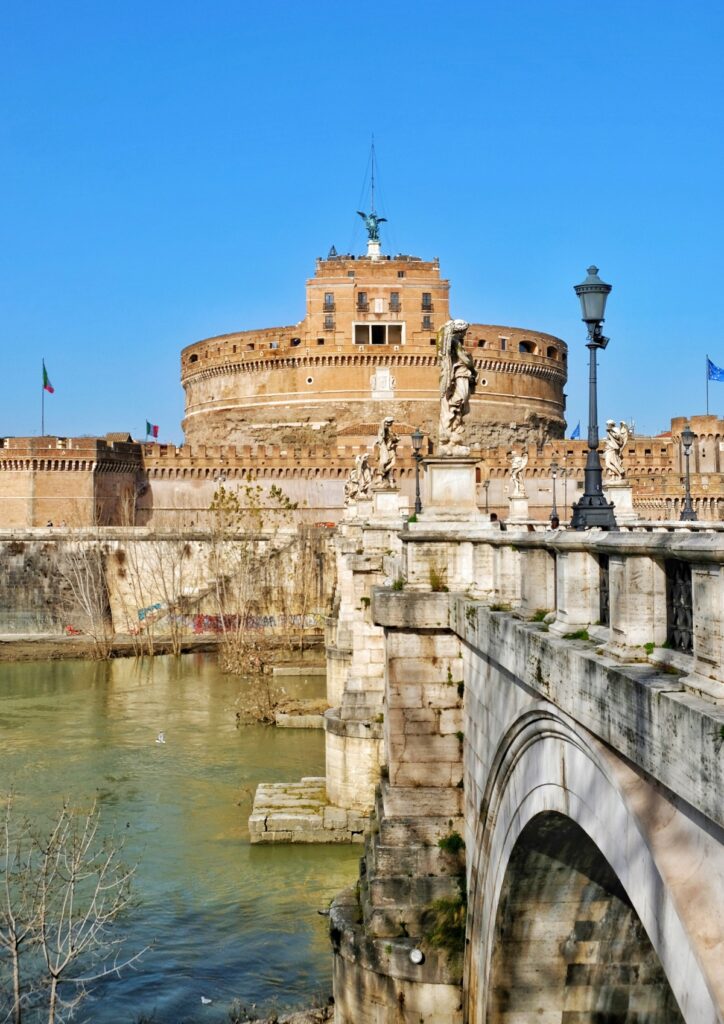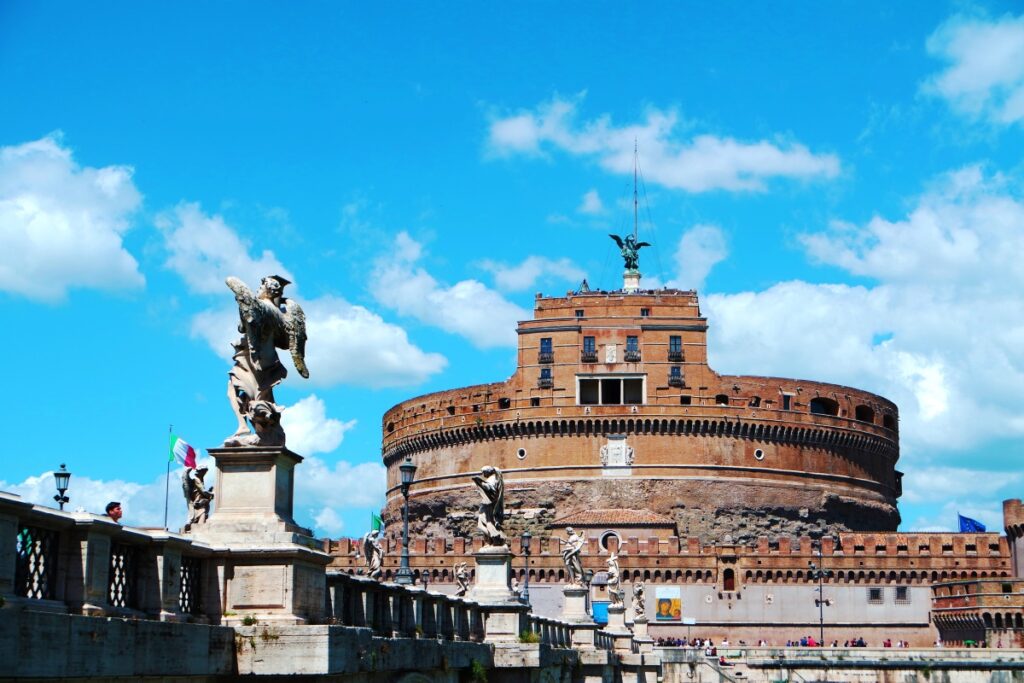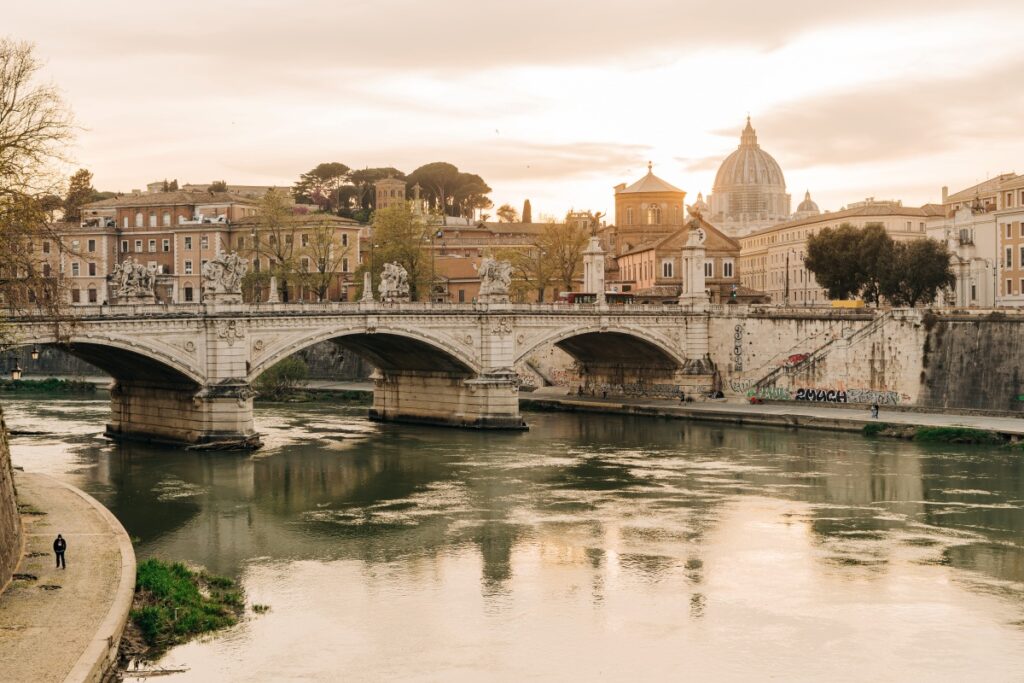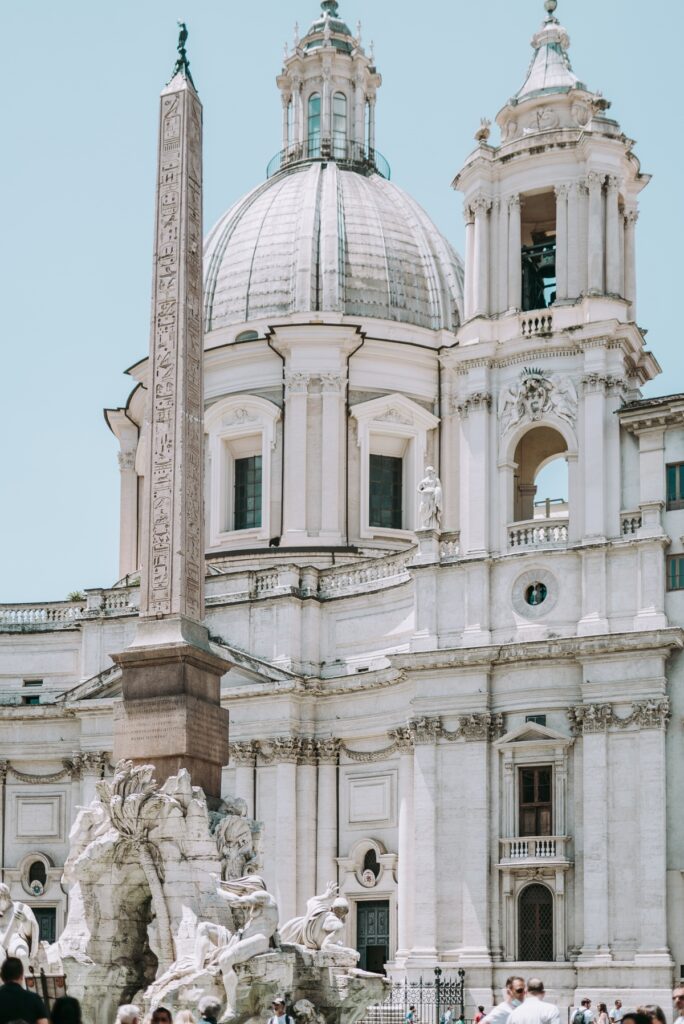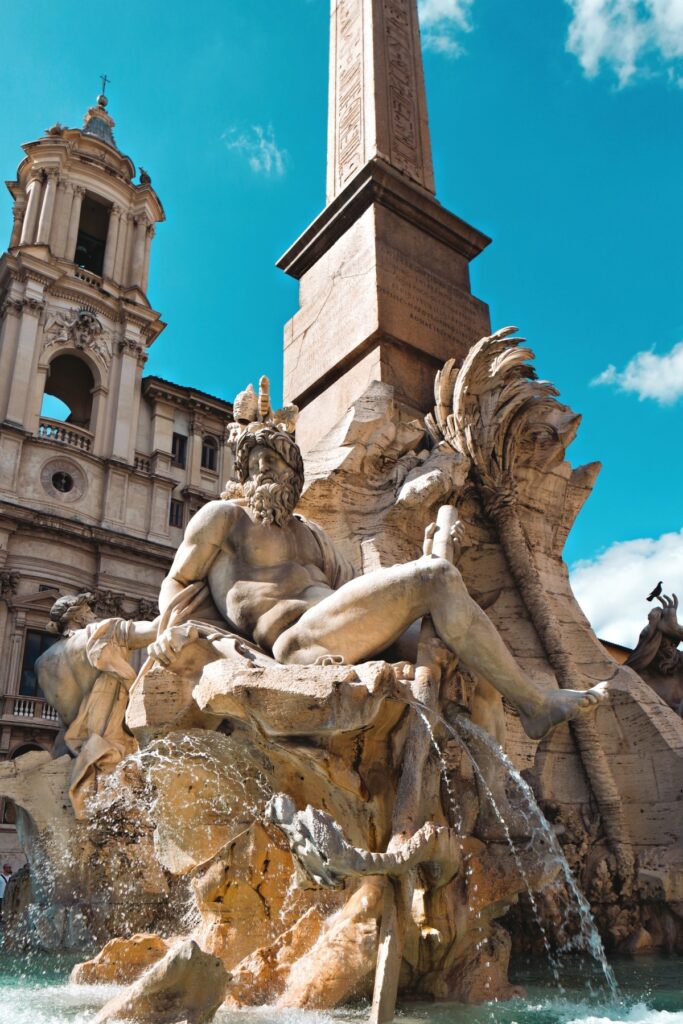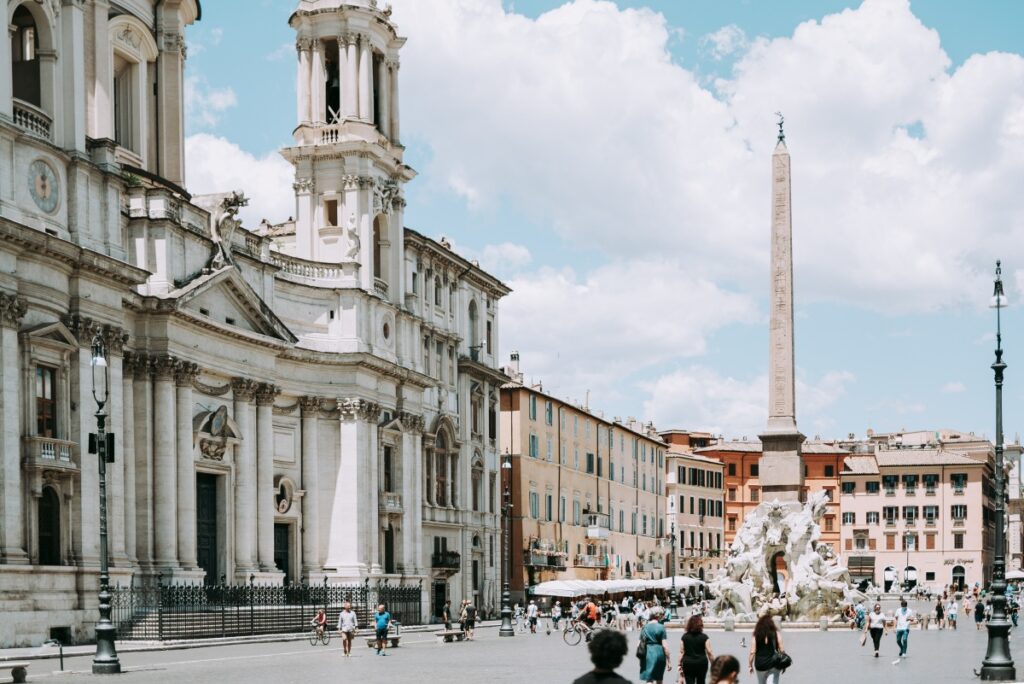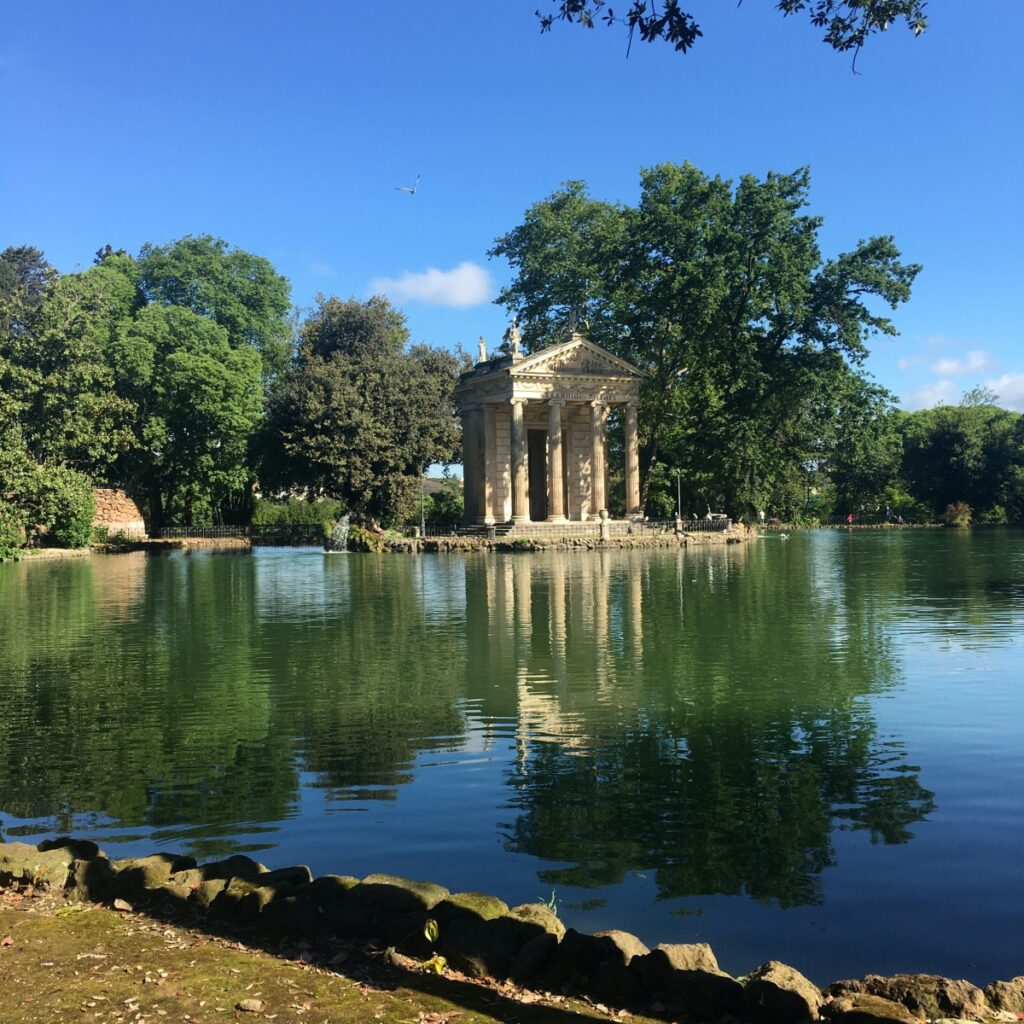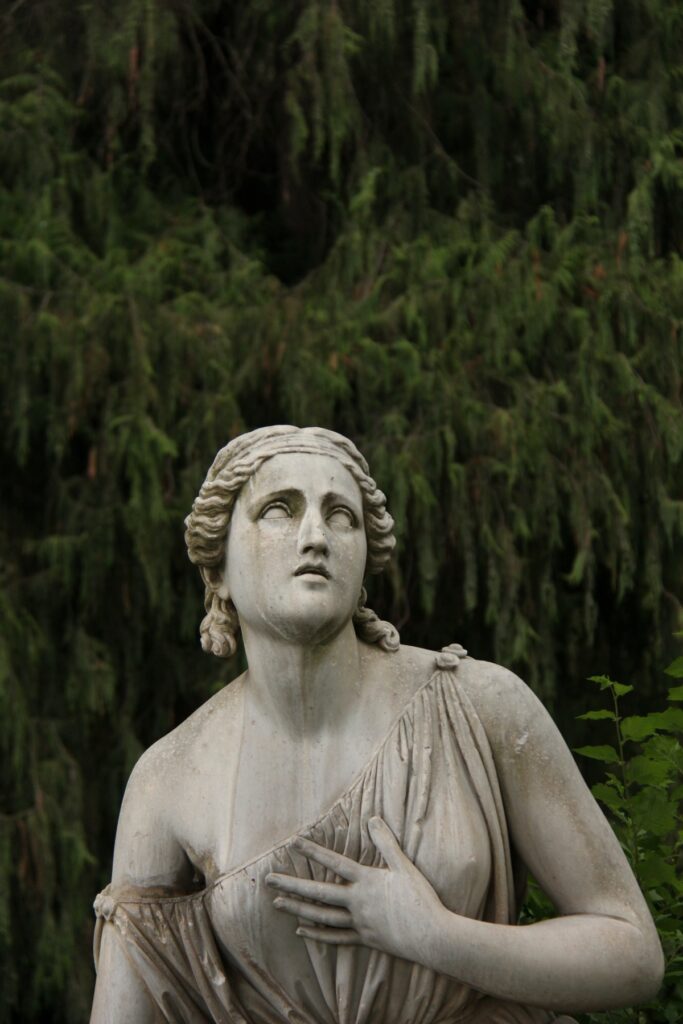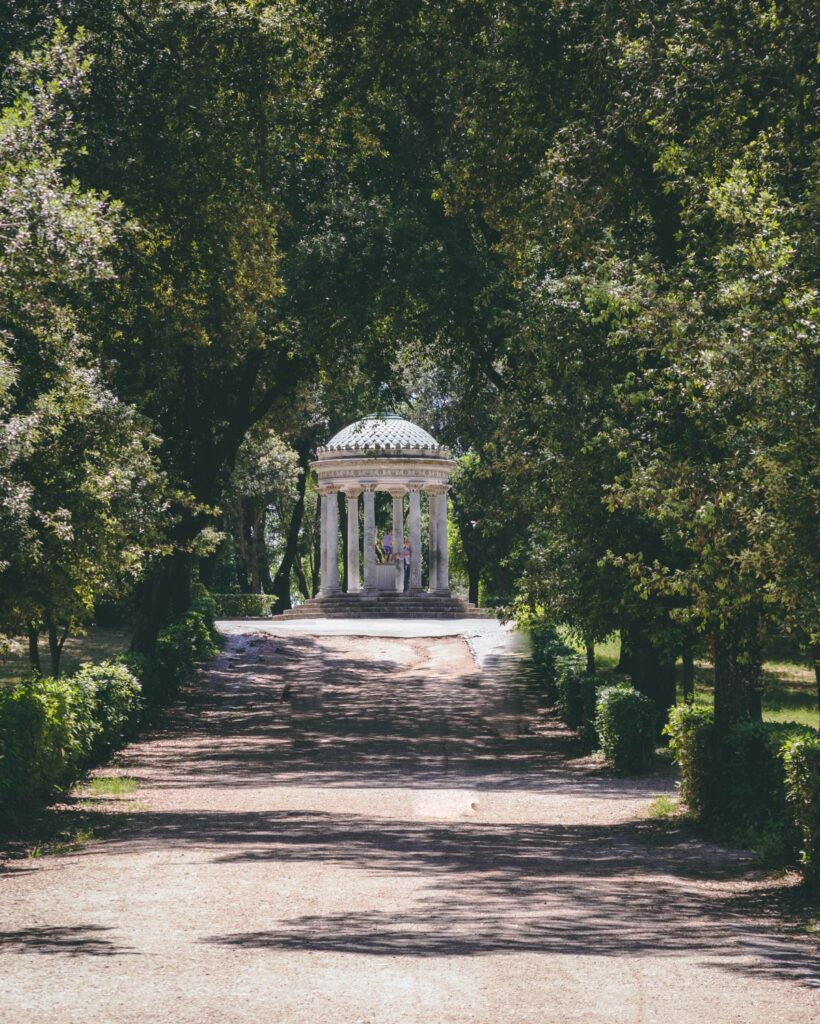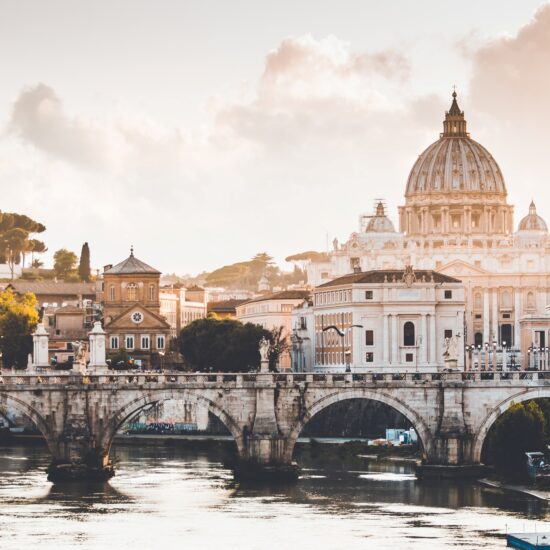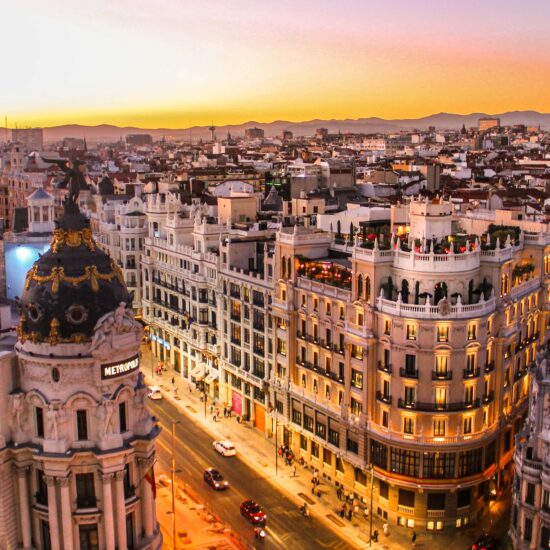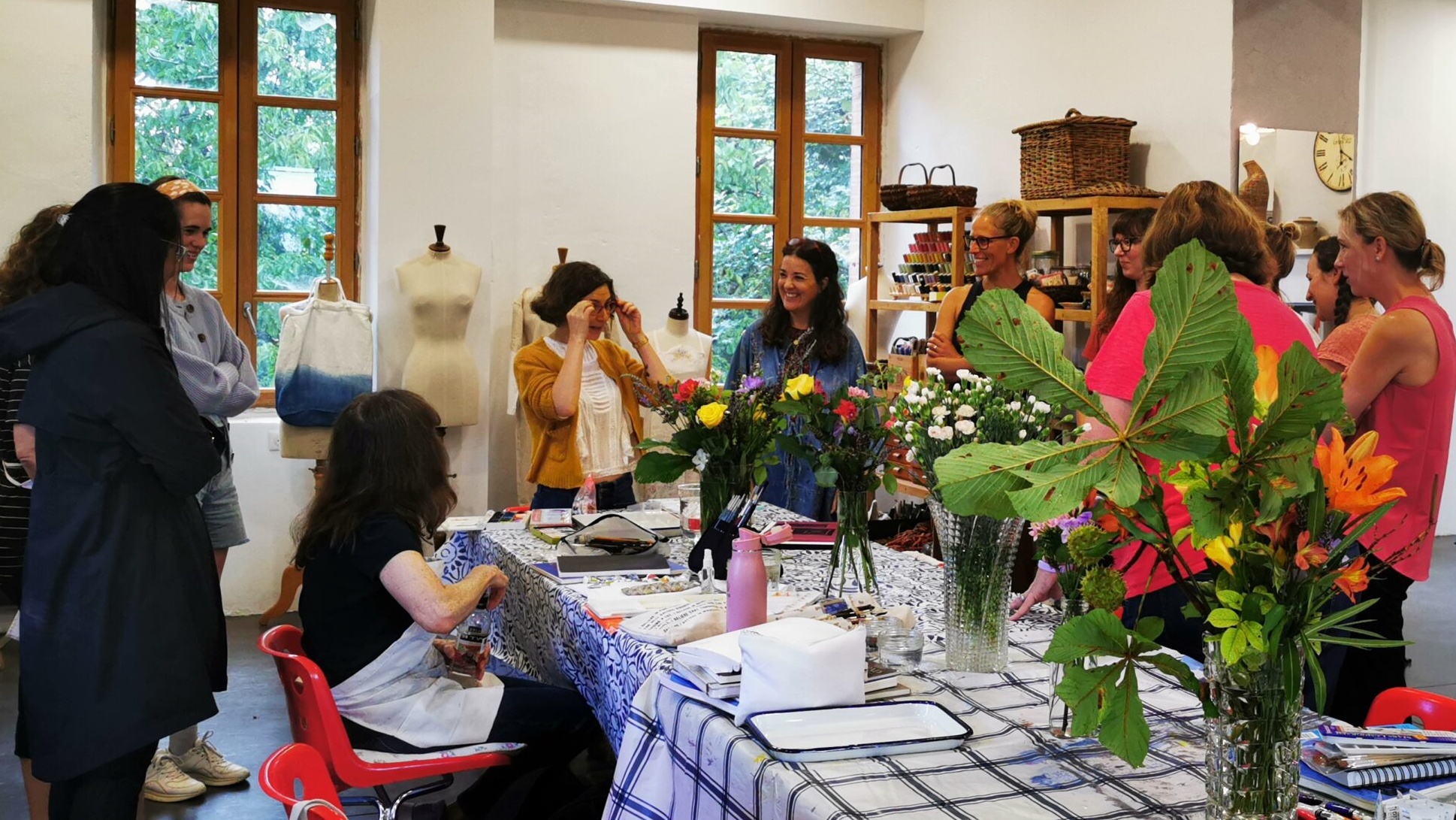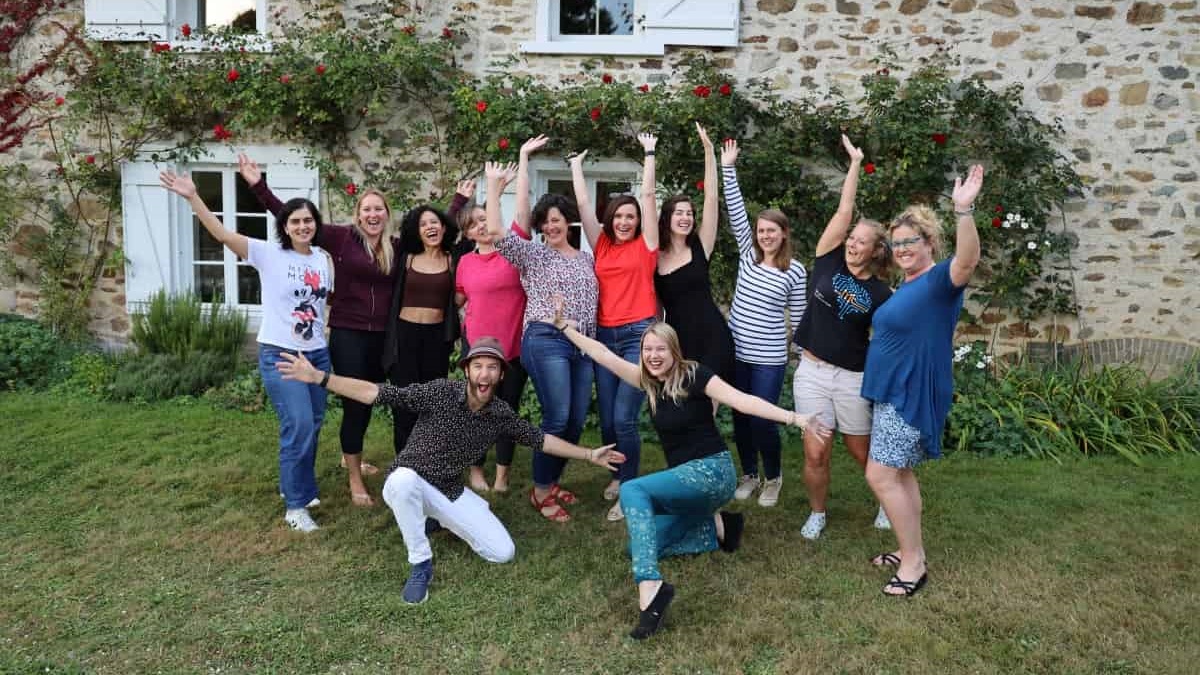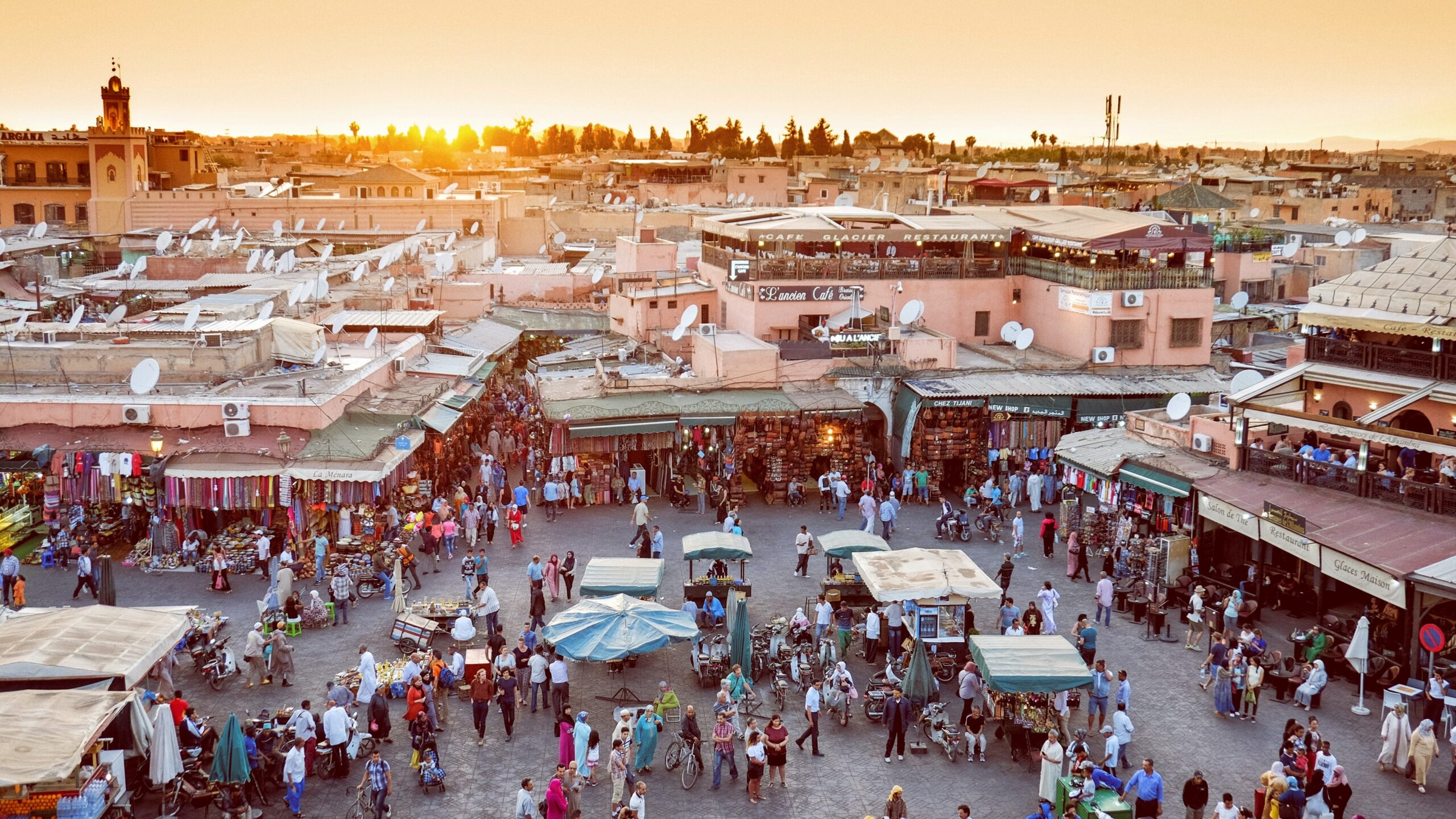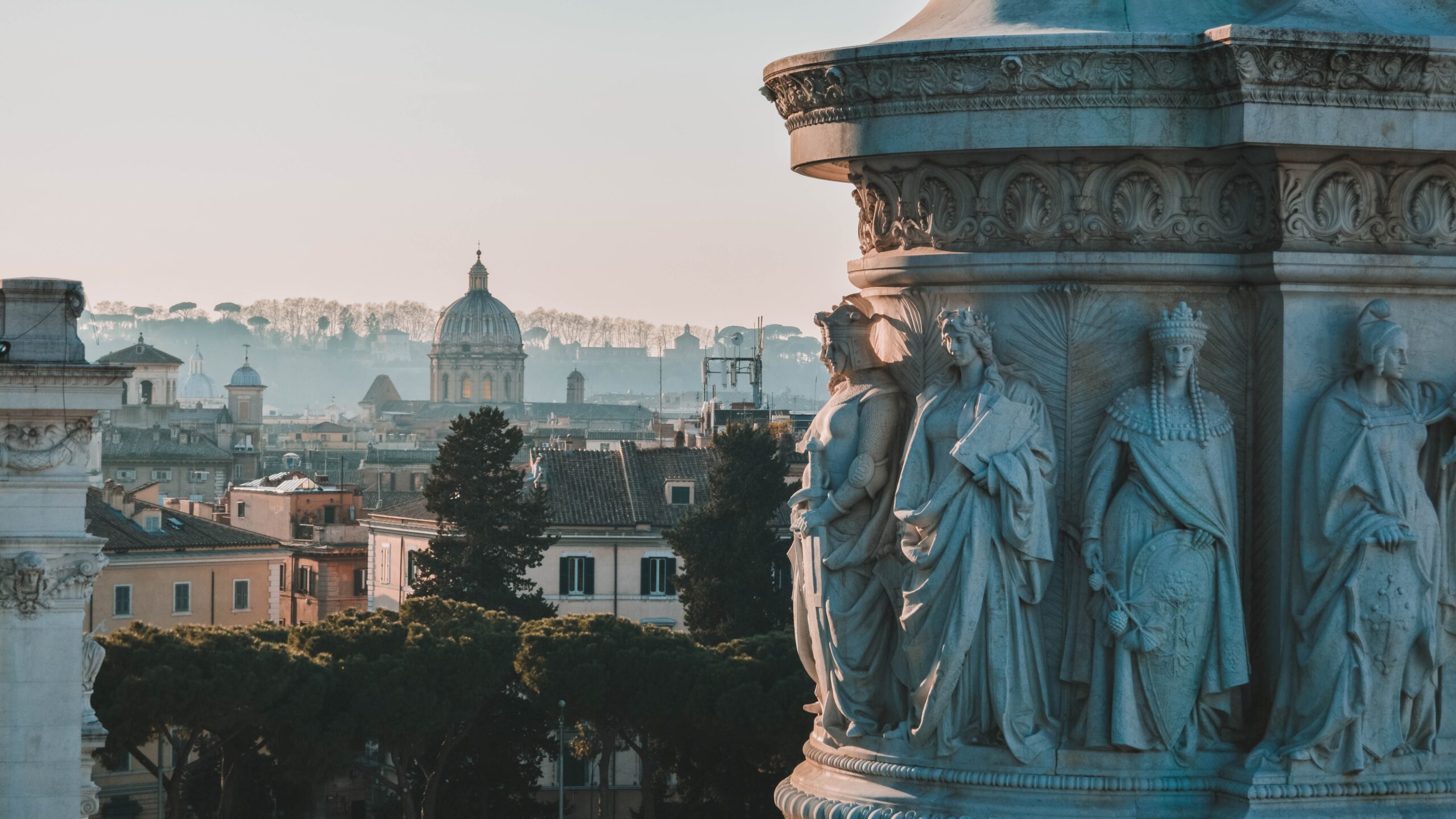
Five Things to See and Do in Rome — Secrets of Rome
Discover Rome – the Eternal City – in a whole new light. As you’ll see in this article, there’s more to Rome than just the Coliseum and the Vatican. If it’s your first time visiting this marvelous city, here’s a link to an article about the top five things to not miss on your first trip to Rome. By all means, go visit these attractions that Rome is most famous for! But if you’ve been to this marvelous city before, make sure to go off the beaten track and explore the following must-see beauties that will make your experience in Rome even more memorable.
1. Eat amazing Italian food
Pizza, pasta, gelato! Welcome to Rome, the Italian food paradise where indulgence is your friend! The best way to start your morning is with a strong coffee, as all Romans do. Head to St. Eustachio for the best coffee in Rome. Italians like their coffee quick and strong, so for an authentic experience, order a Ristretto, a super short and intense shot of coffee that can be savored in one go, with an intense punch of concentrated flavor. For a luxurious experience, try Crema Di Caffè, the perfect mix of coffee and gelato – cool, smooth, and absolutely delicious. Enjoy your coffee like one of the locals- standing at the bar, or take your time with a delicious long coffee and a super sweet pastry on the side. For lunch, you can either opt for a traditional Italian experience or some reinterpreted classics at a gourmet restaurant. For a homey traditional experience, try a slice of gooey pizza at Antico Forno Roscioli, a local bakery serving the most delicious pizza since 1972. For the best traditional pasta in Rome, head to Osteria da Fortunata, where you’ll enjoy the heartfelt homemade pasta dishes of grandma Nona, the owner and in-house chef. For a gourmet, Michelin star experience, Retrobottega is a great choice! The two chefs with Michelin star backgrounds forage their ingredients in the woods surrounding the city every Monday. The experiential and delicious food puts a modern twist on traditional Italian meals. Sample 6 or 8 small dishes accompanied by delicious cocktails. For dessert, the choice is obvious — gelato! The best gelato in Italy can be found at Giolitti in a part of town known as the gelato city. The place has been there for 110 years and specializes in tens of extravagant flavors. All the gelato in the store is made on-site every morning from 7 am to 10 am, and at 10 am they open shop and they serve all the way through to 1 am.
2. Lounge on the Spanish Steps
The Spanish Steps are not on many tourists’ bucket lists when they think of Rome. Nevertheless, this is one of the most popular spots in the city, even if less known. The steps became famous after the 1953 hit rom-com, ‘Roman Holiday, starring Audrey Hepburn. Built in the 18th century to connect the Piazza di Spagna with the church of Trinità dei Monti, the steps are now a favorite place to sit, relax, and enjoy the views of Piazza di Spagna. The Piazza di Spagna is one of Rome’s most splendid squares, situated at the base of the steps. The name comes from the Spanish Embassy for the Vatican, located on this square since the 17th century. Also at the base of the steps lies the Fontana della Barcaccia, a simple yet beautiful fountain portraying a sculpture of a ship, created in 1623 by Pietro Bernini.
Visit the 16th-century Trinità dei Monti church at the top of the staircase, another amazing site connected to the Spanish Steps. The church is home to one of Rome’s most prized paintings: the Deposizione by Daniele da Volterra. This gorgeous painting by one of Michelangelo’s contemporaries and allies is a masterpiece of composition and color that will satisfy every art lover’s heart.
The Spanish Steps are also connected to a literary landmark: the Keats-Shelley House. Located at the side of the steps, the former residence of the two poets and writers was once their residence and is now a museum. The English romantic poet John Keats, suffering from tuberculosis, passed away in that very spot after fleeing the harsh British winter. Unfortunately, the mild Italian weather wasn’t enough to strengthen the poet and Rome became his last resting place.
3. Explore Castle Sant’Angelo
Castle Sant’Angelo (Castle of the Holy Angel), built on the Tiber river and connected to the mainland through a bridge, was recently made famous by being featured in one of the first scenes of the Ryan Reynolds and The Rock movie ‘Red Notice’. The fortress also makes an extensive appearance in the Davinci Code’s Sequel: ‘Angels and Demons’. The Castle Sant’ Angelo is spectacular construction dating back to the year 135 A.D. Built under the direction of Emperor Hadrian, the fortress has been used as a refuge for popes across centuries, being connected to the Vatican through an 800-meter fortified tunnel. The castle today is split into five floors, reachable by way of a spiral ramp going from the chamber of ashes to the cells. The statue on top of the fort is a representation of Archangel Michael, who was purportedly seen sheathing a sword on top of the mausoleum to signal the end of the plague in 590. Later, Pope Pius II built a chapel on the location where the angel is said to have appeared.
The upper part of the castle functioned as a Papal residency whose walls are still covered in Rennaissance frescoes and an extensive collection of weapons. That’s why visiting the Castle Sant’ Angelo’s museum is a rich experience where you can enjoy the great Italian master’s artworks and intriguing medieval weaponry without the crowds that would plague, say, the Vatican. After your tour of the castle, walk out on the beautiful terrace and admire the city from above. From there, you’ll be able to take pictures of the stately Ponte Sant’Angelo — the Bridge of Angels, that connects the castle with the other side of the Tiber river. Each side of the bridge is lined with the statues of five angels, sculpted by the pupils of Bernini.
4. Enjoy gelato in Piazza Navona
One of the most famous squares in Rome, Piazza Navona was built on the site of the former Stadium of Domitian from 86 A.D. The square is famous for its three beautiful fountains. This is a great open public space in Rome, where you can enjoy a scoop of gelato or a snack and regard the passers-by. The square’s elongated shape is unique, the result of its original function — the area was formerly a stadium for athletics competitions that could hold up to 20,000 spectators. After the fall of the Roman Empire, houses were built where the stands used to be, but the original sports field stayed clear of buildings and became the Piazza Navona. The square’s spectacular history includes the incredible moments when the whole plaza was flooded with water for Pope Innocent’s water games during the hot summer months in the year 412 A.D. In the 17th century, many beautiful buildings were added to the square by Pope Innocent X, such as the Palazzo Braschi palace, the Sant’Agnese in Agone church, and The Fountain of the Four Rivers, the largest fountain in the square, occupying its center. The square is also home to two more fountains designed by one of Michelangelo’s apprentices. History buffs will be happy to hear that you can visit the excavated ruins of the original roman stadium below. Another great attraction on site is the Museo di Roma, which tells the story of Rome through countless paintings, engravings, and ancient artifacts. Or just enjoy the vibrant square with many delightful cafes, terraces, and street performers.
5. Stroll through the Villa Borghese Park
The Villa Borghese Gardens is the most popular park in Rome. Many wouldn’t consider taking a stroll through the park as a highlight of their trip to Europe, but the Villa Borghese Gardens are truly spectacular. What makes the Villa Borghese so special among large parks all over the world is its perfect combination between nature and Roman art. Villa Borghese is full of sculptures, monuments, fountains, and other architectural elements created by famous artists throughout the ages.
The Villa Borghese Gardens are located on Pincian Hill, close to the Spanish Steps and Piazza del Popolo. The gardens were built in 1606 by a cardinal who wanted to transform his former vineyard into the most spectacular garden in Rome.
Inside the gardens, you will also find the Borghese Gallery, one of the most important museums in Rome. Featuring paintings by Raphael, Titian, Caravaggio, and many more, the gallery is a feast for the eyes of every art lover.
The park also features a zoo with over 1000 animals from 200 different species, and a replica of Shakespeare’s Globe Theatre in London, the Silvano Toti Globe Theatre.
Rome’s hidden gems are the perfect place to explore at length before or after your incredible art retreat with UpTrek.




